A new approach to investigating the blood-brain barrier
The blood-brain barrier (BBB) is a highly selective semipermeable barrier that separates the blood from the brain. It plays a critical role in maintaining homeostasis in the brain and the activation of the central nervous system. Transporters expressed at the BBB serve as the gatekeepers of this boundary, selectively allowing the passage of essential nutrients into the brain while preventing the entry of potentially harmful substances. While this barrier evolved to protect our brains from harm, it also prevents ~98% of all small-molecule drugs from entering the brain. This creates a major bottleneck in the development of treatments for brain diseases such as Parkinson’s disease, Alzheimer’s disease, glioblastoma, anxiety, and depression.
The overarching goal of the Cater Lab is to understand the molecular mechanisms of transport at the blood-brain barrier. We employ a multidisciplinary approach, encompassing cryo-electron microscopy (cryo-EM), biochemistry, and biophysics to unravel the molecular details underpinning how transporters at the BBB allow specific molecules to cross this barrier. By dissecting these mechanisms, we hope to not only understand more about how the brain acquires nutrients critical for its function but also to provide insights into designing neurotherapeutics so that they can be smuggled into the brain via these transporters.
Group leader

Dr Rosemary Cater
Group Leader, Molecular Mechanisms of Blood-brain Barrier Transport
Centre for Chemistry and Drug Discovery, IMB
+61 7 3346 2016
r.cater@uq.edu.au
UQ Experts Profile
Key Breakthroughs and Discoveries
- Identifying and structurally characterizing the blood-brain barrier choline transporter FLVCR2
- Structural elucidation of the mechanism of lysolipid transport by the omega-3 fatty acid transporter MFSD2A
Research Projects
The Cater Lab is always looking for talented PhD students to study the structure and function of membrane proteins using single-particle cryo-EM and other biochemical and biophysical techniques.
To enquire about PhD positions, potential PhD students should contact Dr Cater via email (r.cater@uq.edu.au) attaching the CV, academic transcript and cover letter explaining why they feel they are a good fit for the Cater Lab.
Collaborators and Partners
Publications
Please view the full list of publications.
Our approach
- Membrane protein expression using mammalian expression systems.
- Membrane protein purification and biochemistry
- Structural biology
- Cryo-electron microscopy
- Ligand binding assays
- Liposomal based assays
- Cell-based transport assays
Research areas
- The blood-brain barrier
- Transporter proteins
- Structural biology
- Membrane proteins
General enquiries
+61 7 3346 2222
imb@imb.uq.edu.au
Media enquiries
IMB fully supports UQ's Reconciliation Action Plan and is implementing actions within our institute.
Support us
Donate to research
100% of donations go to the cause







